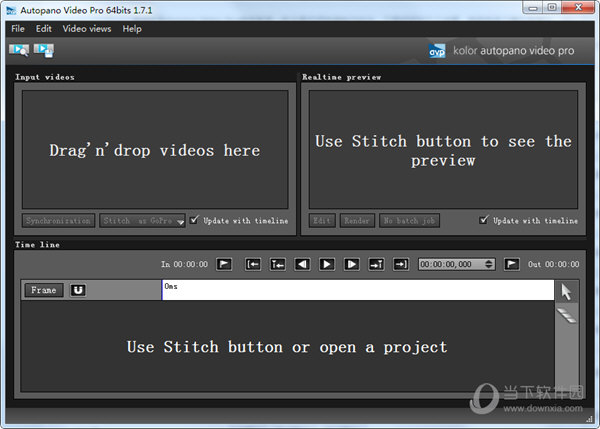

This helps ensure that you don’t lose any additional detail. Also, by stitching the 360 footage manually in a program like Autopano Video Pro or After Effects, you can control the export bitrate for your final video. (For example, think “mushy” tree leaves on drone footage, which is often 50 mbps.) There’s not much you can do to change the bitrate in the camera itself, but here are two tips I recommend: film while stationary and stitch the footage manually.įilming stationary, on a tripod or monopod, will help preserve the detail of the surroundings during recording. Faster movement and quick scene changes will increase the chance for compression artifacts. Most consumer-grade 360° cameras film 4K video at around 50-60 mbps. I’ve opted to use consumer 360° cameras on quite a few shoots, and in this tutorial, I want to share some tips that can help visually improve the quality of your 360° footage.
#Kolor autopano video pro tutorial professional#
The quality of consumer models can be hit or miss, but most will at least output 4K 360° video. Visually, a professional 360° camera will almost always give you better results. However, professional-grade cameras can be a hassle on shoots, requiring lots of finesse.


(Some popular models include the GoPro Fusion, Samsung Gear 360, Ricoh Theta V, Kodak Orbit 360.) Most consumer-grade 360° cameras cost a few hundred dollars, whereas professional models can start at a few thousand and increase drastically from there. Now that 360° cameras have been out for a few years, there are many more consumer-grade options available. In this video tutorial, we explore how you can improve a 360° footage shot with a consumer-grade camera.


 0 kommentar(er)
0 kommentar(er)
